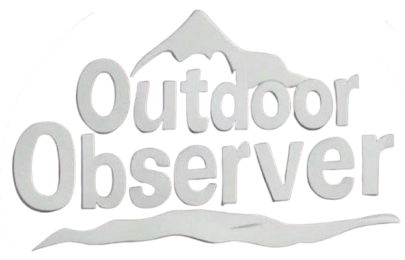This Content Is Only For Subscribers
WASHINGTON, D.C. — April 18, 2025
In a move that could significantly reshape the nation’s approach to wildlife conservation, the U.S. Fish and Wildlife Service (USFWS) and the National Marine Fisheries Service (NMFS) jointly released a proposed rule on April 18 aimed at redefining the term “harm” under the Endangered Species Act (ESA). The proposed revision narrows the scope of what constitutes harm to a listed species, raising serious concerns among conservationists about the future of habitat protection in the United States.
At the heart of the proposal is a reinterpretation of what it means to “harm” a species. Under current regulations, “harm” can include habitat modification that significantly impairs essential behavioral patterns such as breeding, feeding, or sheltering. The proposed change would limit the definition of harm to direct, demonstrable injury to individual animals—potentially excluding significant habitat alterations from regulatory scrutiny.
If enacted, this change could shift how agencies evaluate threats to endangered and threatened species, reducing legal barriers for development projects that impact critical habitats without immediately injuring the animals themselves.
According to statements released by both agencies, the revision is intended to provide clarity and consistency in enforcement of the ESA. Officials argue that the new definition will reduce regulatory uncertainty and litigation, streamlining the permitting process for landowners, energy developers, and other stakeholders.
“We believe this proposal strengthens the integrity of the Act by returning to a more focused and legally sound interpretation of statutory language,” said a spokesperson from USFWS. “This will allow us to better allocate conservation resources where they are most needed.”
Environmental organizations and legal advocates responded swiftly, voicing deep concerns over the potential weakening of habitat protections, which are widely considered essential to species recovery.
“Removing habitat modification from the definition of harm undermines decades of conservation progress,” said a representative from the Center for Biological Diversity. “Most endangered species are at risk because of habitat loss. This change would make it harder to stop the destruction of the very places they need to survive.”
The proposal comes amid broader debates about balancing economic development with environmental responsibility. With climate change and habitat fragmentation already accelerating biodiversity loss, critics argue that the ESA must remain strong and proactive—not scaled back.
The proposed rule will be published in the Federal Register in the coming days, triggering a public comment period of 60 days. During this time, individuals, scientists, conservation groups, industry representatives, and government bodies can submit feedback before any final rule is adopted.
Legal experts anticipate that the proposal, if finalized, could face challenges in court, especially if it is seen as inconsistent with the intent of Congress when the ESA was enacted in 1973.
The ESA is often considered the most powerful environmental law in the United States. This proposed revision represents one of the most consequential changes to its interpretation in recent years. The outcome of this rulemaking process will likely influence how endangered species are protected for decades to come, particularly in areas where habitat preservation is as critical as species-specific interventions.
For now, the future of the Act—and the species it safeguards—rests not only in the hands of federal agencies, but in the voices of those who choose to speak up during the public review process.



